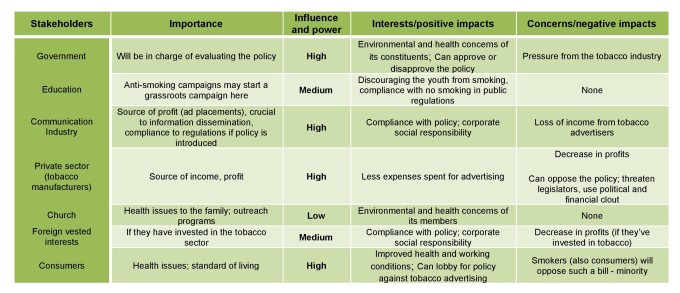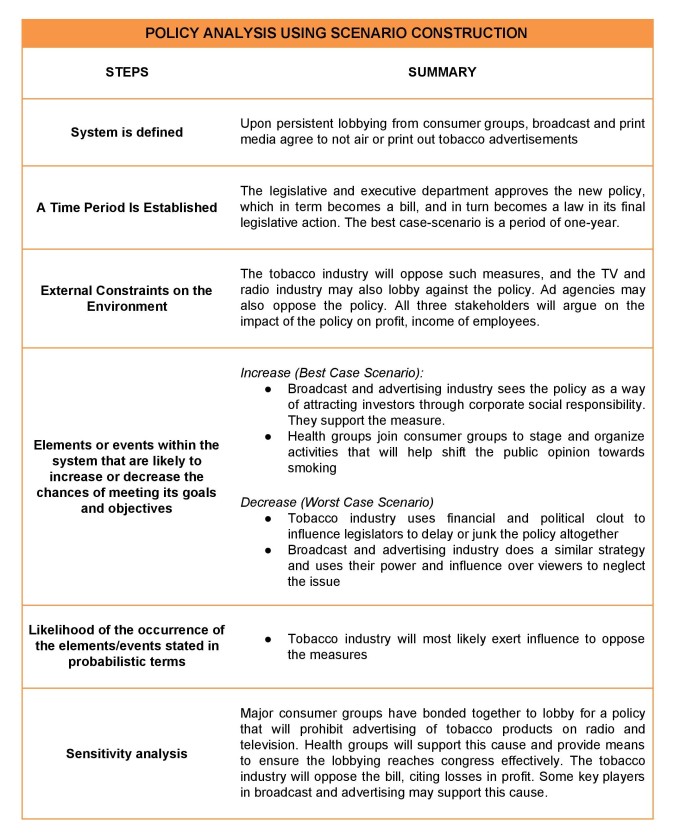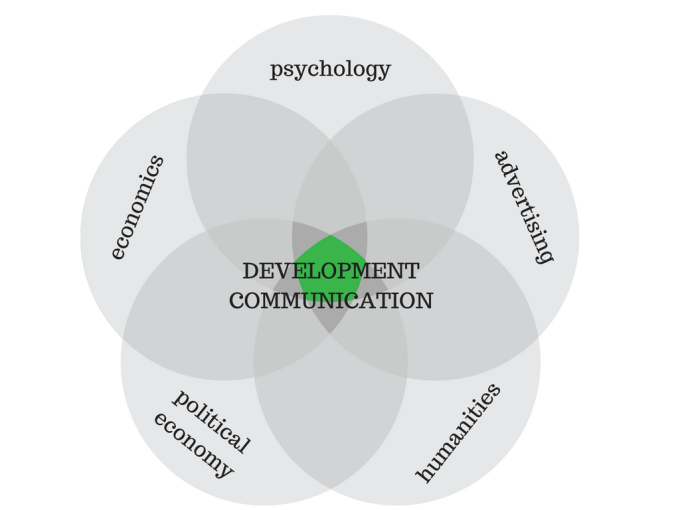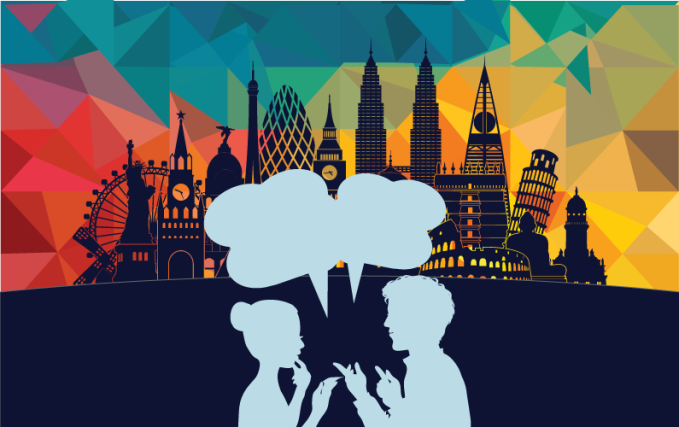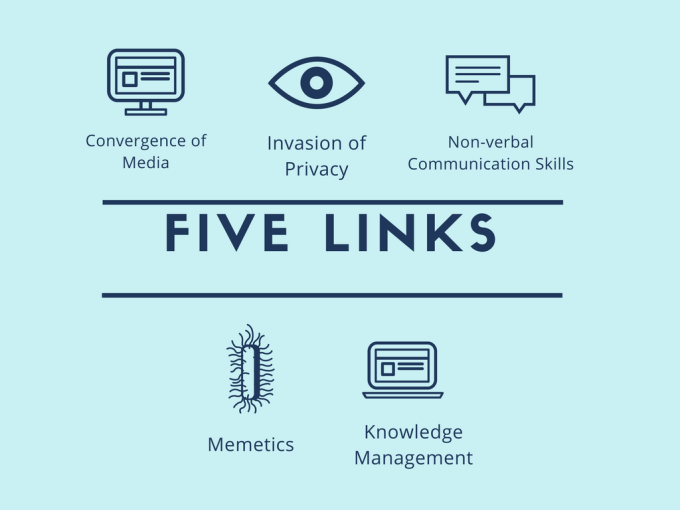For my DEVC 207: Multimedia Production class, I produced a travelogue of Batanes.
Batanes is becoming one of the most popular destinations in the Philippines – with its breathtaking landscapes, picturesque sceneries, and awe-inspiring natural wonders. Its people – the Ivatans – are known for their warmth, hospitality, and honesty. But what exactly about Batanes leaves its visitors breathless?
This is the question of a first-time visitor and reluctant millennial. He wants to see the poetry in the places in, and the prose of the faces of Batanes. He wants to live in the experience of trying something new for the first time, to find out why people are so enamored by the northernmost islands of his country – even if it’s just on a budget.
Rather than approach this project as the typical informational video detailing facts about Batanes i.e. its size and population, its economy and geography, the treatment was more of a short film.
Narrations included poems or verses of poems about Batanes written by fellow Filipinos. While some general facts about the province were also shared, the overall theme and aesthetic of the video is “poetry” and “drama”. To contrast with poetic narration, weaved in between word and visual are Western indie-folk songs, as well as Ivatan folk songs, with the aim of lending a more sentimental tone to the video.
To capture the grandeur of Batanes, wide shots were employed. Close up shots, on the other hand, were used for scenes with people or focused on people. On certain scenes, a time lapse effect was also be applied. Montages were used primarily at the start of the video in order to introduce Batanes. While there were steady shots of landscape, I aimed to make the visual more raw and visceral through handheld, rather than tripod-based, shots of some scenes. The aim is to make the viewer feel like he or she is the one present in Batanes.
